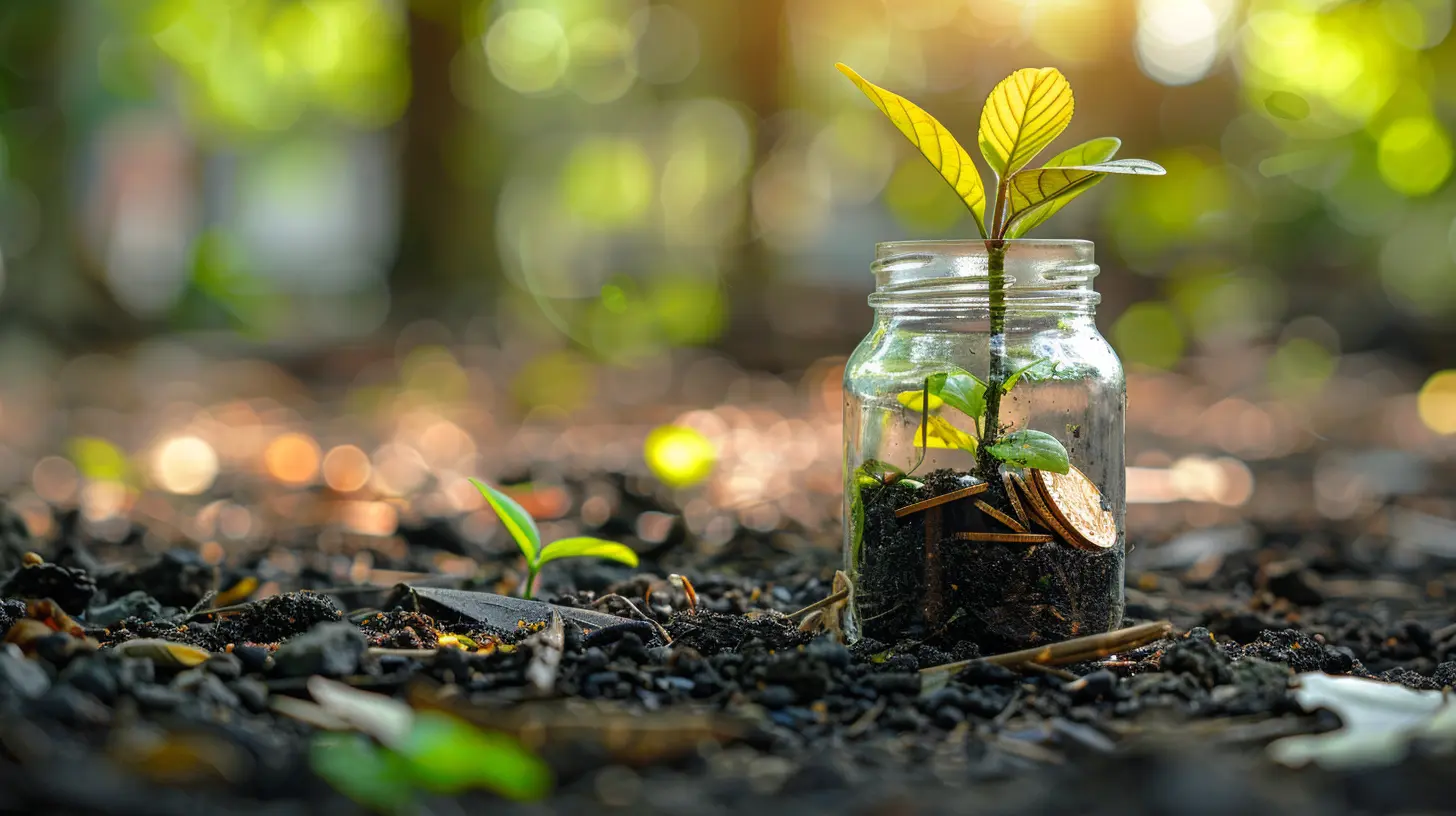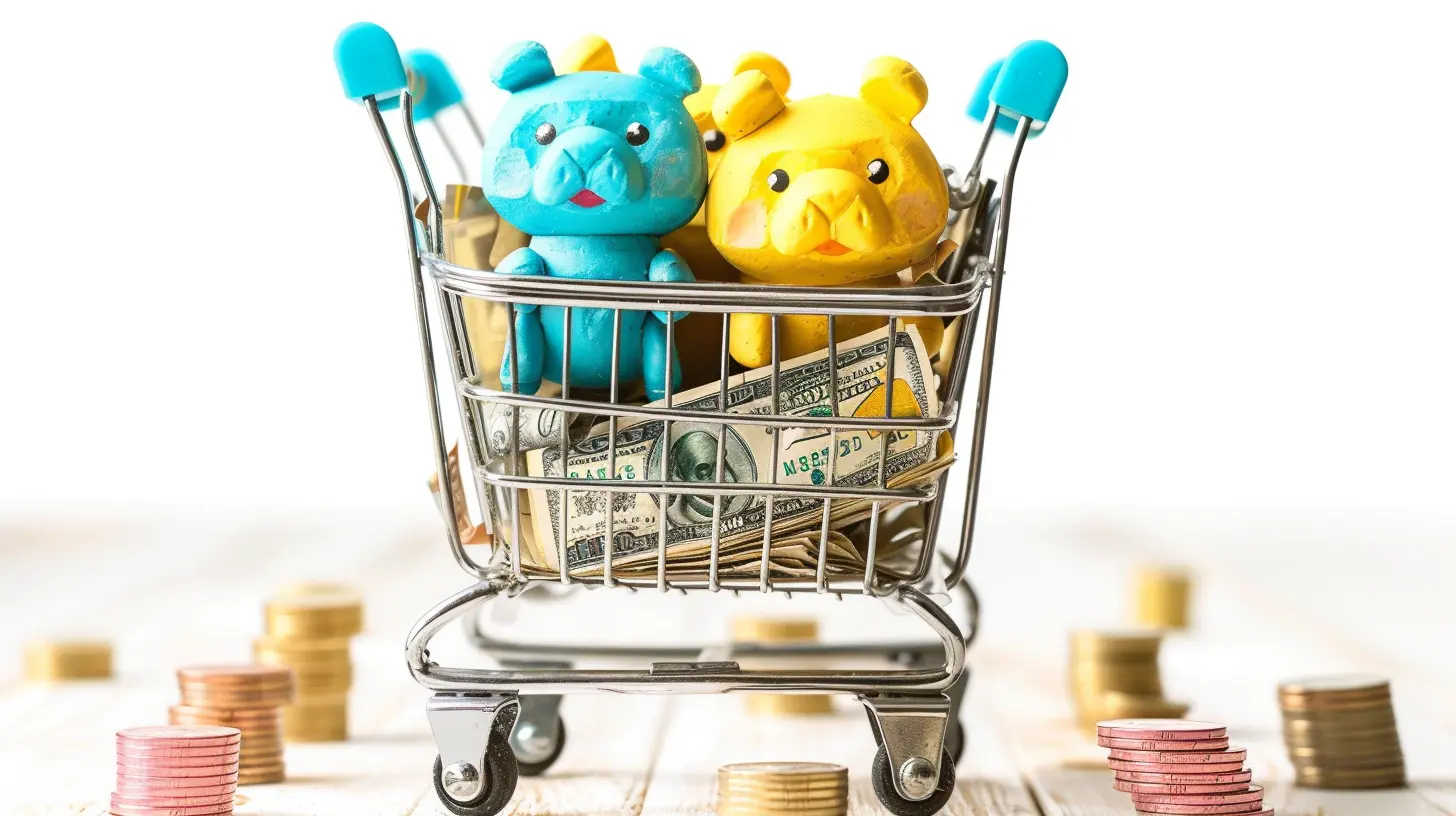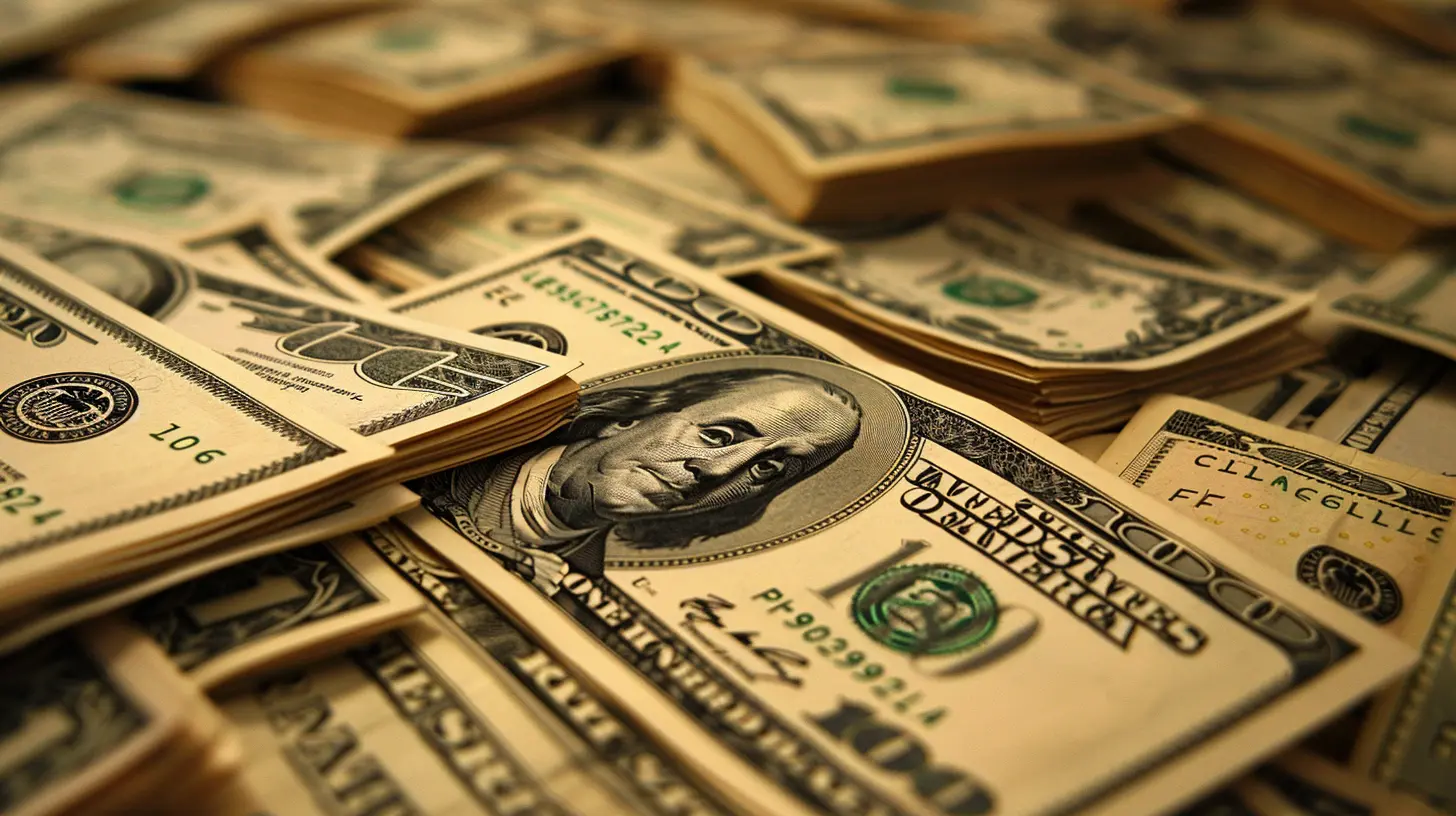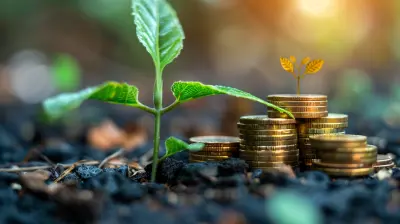How Living a Cash-Only Lifestyle Can Control Your Spending
30 August 2025
Let’s talk about money. Not the digital kind floating somewhere in cyberspace or sitting in your bank app — I'm talking about the good old-fashioned paper kind. Crazy idea, right? In a world filled with tap-to-pay, credit cards, and BNPL (Buy Now, Pay Later) options, going cash-only might sound like using a horse and buggy in the age of Teslas.
But what if I told you that living a cash-only lifestyle could help you get a real grip on your spending?
Let’s dive deep into this curious (and surprisingly effective) money strategy that’s been quietly helping people take control of their finances, break free from debt, and finally feel more in charge of their money rather than the other way around.

What Does “Cash-Only” Really Mean?
First things first — what are we talking about when we say “cash-only”?Living a cash-only lifestyle simply means that you primarily use physical cash for most (if not all) of your day-to-day purchases. No credit. No debit. No fancy apps. Just dollar bills and spare change.
Now, you're probably wondering, “Wait, no card at all? What about rent, bills, or online stuff?” Good question.
Being cash-only doesn't mean you live in a cave. You can still pay your rent or mortgage electronically, and you might need to use a debit card for recurring payments like utilities. But the core idea is this: for your everyday spending — groceries, gas, dining out, shopping... you’re sticking with cash.
Why? Because using physical money forces you to “feel” the transaction, and that’s where the magic happens.

The Psychology of Paying With Cash vs. Card
Here’s where things get fascinating.Spending cash hurts. Literally. Studies in behavioral science have shown that when you hand over cash, your brain registers discomfort — it’s called the “pain of paying.” But when you swipe a card or tap your phone? Not so much. It's almost too easy, right?
Think about the last time you paid for something in cash. Didn't it feel just a bit heavier than when you paid with a card? That’s your brain processing the loss. It makes you think twice.
So when you're trying to rein in your budget, using cash naturally creates a psychological speed bump. It makes spending more intentional — and isn’t that what we all need?

The Beauty of Tangibility: Why Cash Keeps You Honest
Cash is real. You can hold it, count it, separate it into envelopes — and most importantly, you can run out of it.When you’re using cash, the risk of overspending drops dramatically because you literally can’t spend more than you have on hand. That’s a stark contrast to credit cards, where you're essentially borrowing future money. It's like giving your future self a bill and saying, "Good luck with that."
And here’s something wild — some studies have shown that people spend up to 100% more when using credit cards instead of cash. That $5 coffee turns into $10, that quick Target run becomes a $200 spree. Why? Because there's no real-world friction.
Using cash forces you to be mindful. You become more in tune with your money. Suddenly, you’re asking yourself, “Is this worth it?” far more often.

How Cash-Only Living Helps You Budget Like a Pro
Let’s talk budgets. If you've ever struggled to stick to one, you're not alone.Budgeting with cash, especially when you use the envelope method (more on that below), makes planning your spending way easier. Not only do you decide upfront how much you’ll spend, but you also get real-time feedback every time you open your wallet.
Here’s how it works using the envelope system:
1. Decide on your spending categories – things like groceries, gas, entertainment, eating out.
2. Withdraw cash for each category – put that money in separate envelopes.
3. Spend only what's in each envelope – when it’s gone, it's gone.
It’s simple, it’s visual, and it works. Suddenly, you don’t have to rely on apps or spreadsheets — your budget is literally in your hands.
The Myth of Reward Points and Credit Card Perks
“But what about all those juicy credit card rewards and cash back?” I hear this all the time.Look, credit cards can have benefits — if you’re super disciplined. But let’s be honest: most of us don’t use credit cards perfectly. We overspend, carry balances, and end up paying way more in interest than we ever get back in rewards.
Wouldn’t you rather have actual money in your pocket than imaginary points you may or may not use?
By cutting up the plastic and spending only what you’ve got, you’re keeping more money in your hands in the long run, even if you’re not racking up airline miles.
The Lifestyle Shift: How Going Cash-Only Changes Your Mindset
Living a cash-only lifestyle is more than a budgeting method — it’s a mindset shift.It forces you to confront your spending habits head-on. No more impulse purchases you forget about until your credit card bill arrives. No more “oh, I’ll just pay that off next month.” Instead, you become deliberate. You start planning. You prioritize.
For example:
- You may start cooking more instead of eating out.
- You’ll probably think twice before throwing extra stuff in the cart.
- You could even appreciate your purchases more because you worked harder to make them happen.
It’s like going from auto-pilot to manual — suddenly, you’re in control of your financial vehicle.
The Debt-Busting Power of Cash Living
Let’s not sugarcoat it — debt is a beast. And in many ways, it’s fueled by easy access to credit.But when you commit to using cash, it becomes exponentially harder to get into debt in the first place. Why? Because there’s no “buy now, pay later” loophole. You either have the money, or you don’t.
Many people who switch to a cash-only lifestyle find themselves paying off debt faster. They’re not adding new debt, and because they’re hyper-aware of their spending, they’ve freed up more cash to throw at those balances.
It’s like switching from a leaky bucket to a solid one — suddenly, every dollar you put in stays there.
Practical Tips to Start Living a Cash-Only Lifestyle
Okay, so you’re intrigued. Maybe even a little excited. But how do you actually do this?Here are a few simple steps to make the transition:
1. Start Small
Try going cash-only for certain expenses first — like groceries or dining out. See how it feels before diving all-in.2. Use the Envelope System
We mentioned this earlier — it’s the bread and butter of cash budgeting. Get some envelopes (or a wallet with dividers), label them, and use them consistently.3. Track Your Spending
Keep a little notebook or use a simple app to track where your cash goes. Awareness is half the battle.4. Create a Buffer
Always keep a little extra emergency cash stashed away. Life happens — and you don’t want to panic if you run short.5. Be Patient
Changing your money habits isn't magic. It takes time to adjust. Give yourself grace and keep your eye on the goal.Common Challenges — And How to Beat Them
Let’s be real — going cash-only isn’t all sunshine and roses. You’ll hit snags, especially at the beginning.Can’t shop online?
Use a prepaid debit card with limited funds so you still control how much you spend.
Worried about carrying cash?
Use a secure wallet and don’t carry everything at once. You can also leave some envelopes at home and take only what you need.
What about gas stations and travel?
Plan ahead — fill up where you know they take cash, and for travel, you might use a debit card with a specific limit. The goal is control, not torture.
Feel weird in a card-centric world?
That’s normal. But remind yourself: you’re doing what’s best for your financial health, not following the crowd.
Final Thoughts: Is Cash-Only Right for You?
Look, going cash-only isn’t trendy. You won’t find it talked about much on TikTok or in flashy fintech ads. But it works.If you’re tired of feeling out of control with your money… if credit cards have become more of a trap than a tool… if you're looking for a concrete, back-to-basics way to take back your finances — the cash-only lifestyle is worth exploring.
It’s simple. It’s powerful. And best of all, it brings awareness and intention back to how you spend. In a world of convenience and debt, that’s pretty rare — and honestly, kind of radical.
So next time you hit the ATM, think of it not as just grabbing some money — think of it as reclaiming your financial sanity.
Who knew the green paper in your wallet could be the key to a richer life?
all images in this post were generated using AI tools
Category:
Frugal LivingAuthor:

Uther Graham
Discussion
rate this article
1 comments
Sylas Baker
Living cash-only simplifies budgeting and reduces impulsive spending habits effectively.
September 14, 2025 at 12:58 PM

Uther Graham
Absolutely! A cash-only lifestyle promotes mindful spending and makes it easier to track your budget, ultimately helping to curb impulsive purchases.


